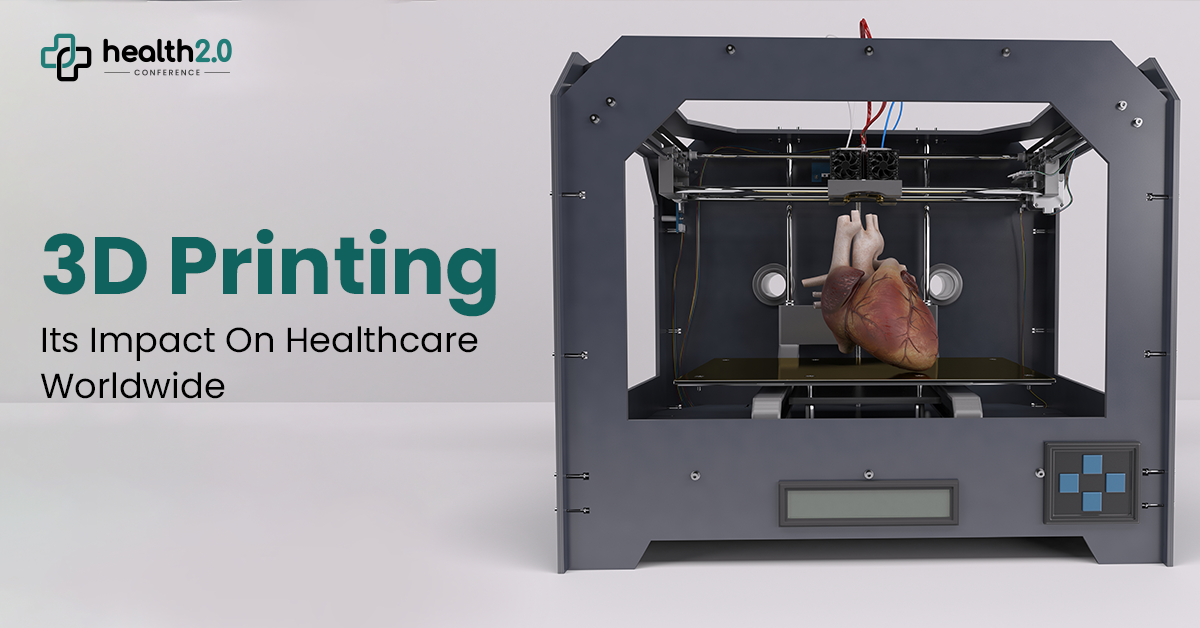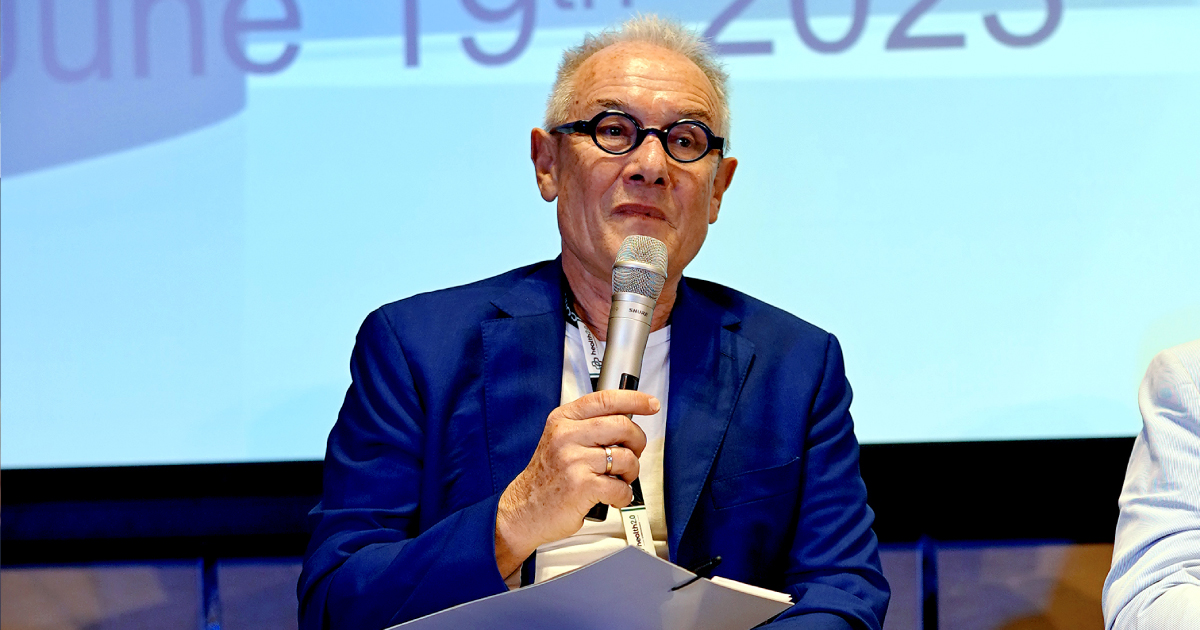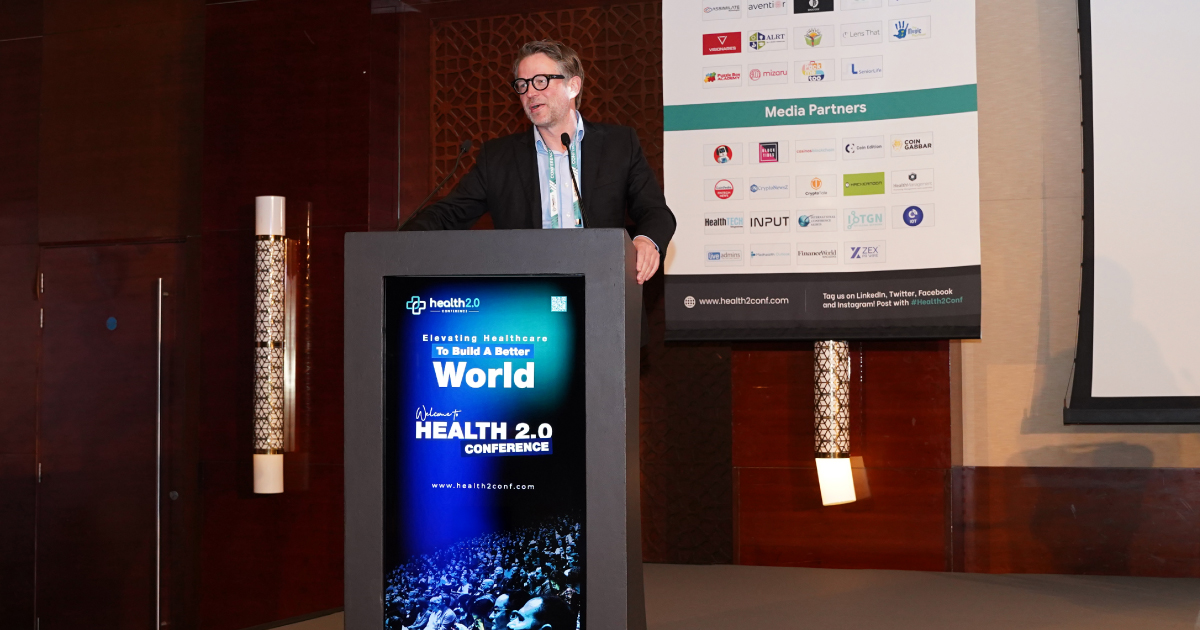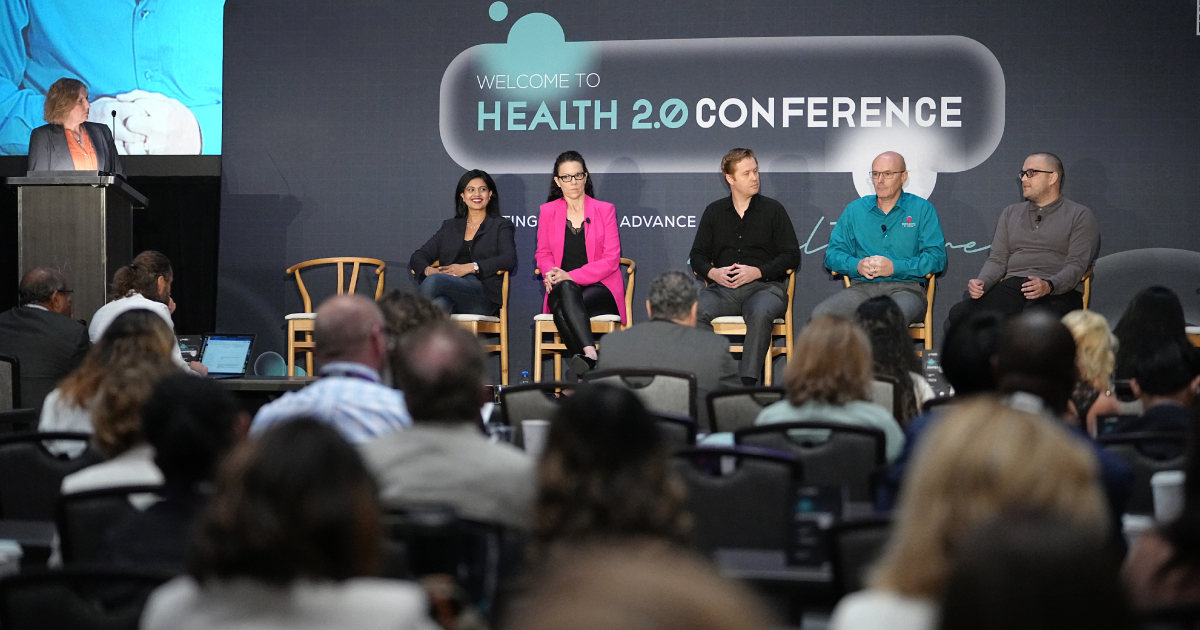An exciting development on the tech side has been the introduction of 3D printers. Having taken the market by storm & rightfully so, these printers can create three-dimensional objects based on a computer-created design.
Interestingly, we are now witnessing the 3D printing space probing into the world of healthcare to encourage breakthrough advancements. Here are a few things to summarize 3D printing's introduction in healthcare & its impact as discussed at top healthcare conferences, such as the Health 2.0 Conference:
Aid In The Fight Against COVID - 19
The most significant impact of 3D printers in the current times has been their role in the ongoing fight against COVID-19. Manufacturers have responded to the rapid demand for critical medical equipment by using 3D designs for manufacturing & supplying open-source PPE kits worldwide. Experts at top healthcare conferences have provided insight into the industry, heartily welcoming this development & hoping for further advancements using 3D printers.
Streamlining R&D Processes
3D printed organs can greatly enhance the research and development (R&D) processes in the pharmaceutical industry. By providing more accurate representations of human anatomy, researchers can conduct pre-clinical testing on realistic models. This allows for a higher level of customization and personalization in testing, improving the predictivity of results. Additionally, the use of 3D-printed organs can streamline the R&D process, reducing both time and costs associated with traditional testing methods. These benefits ultimately lead to the development of more effective and safer drugs, making a significant impact in the pharma industry.
Advancements In Regenerative Medicine
With the number of patients requiring an organ donor doubling in the last few years, organ shortage has become a real crisis.
With the use of biomaterials, cells & at times, a combination of the two, regenerative medicine can attempt to alleviate the problem of organ shortage. As discussed at post-COVID healthcare events, such as the Health 2.0 Conference, producing different types of organs is the toughest technological advancement in the field.
Still, in the early stages, complex organ reproduction provides its set of challenges. "Simpler" organs, such as the bladder, are being produced using regenerative methods, making the future for organ requirements seem bright.
Higher Margin For Patient Risk
Although a fascinating concept, 3D-printed drugs for patient care still prove to be a risky concept. Healthcare experts explain the multiple risks of printed drugs & the possibility of catastrophic outcomes they possess. As reviewed at the Health 2.0 Conference, a slight imbalance in the raw materials or a case of cyber attack used to alter the drug-making process can put patients at high risk. Assuming the risk-to-reward ratio, FDA approvals have been a barrier to additive manufacturing in the case of drug production.
With traditional manufacturing processes being preferred in the case of production & monitoring, there remains a giant leap to be made before 3D printing can make a mark on the healthcare industry.
Conclusion
3D printers provide endless possibilities when it comes to providing aid in multiple healthcare industry requirements. However, being in its early stage, a few significant setbacks need to be addressed before its full implementation into the industry. Learn more about the challenges present & their possible solutions firsthand from experts taking the stage at Health 2.0 Conference, a three-day conference held in Dubai & the USA!
For further information, please refer to this link - www.health2conf.com














